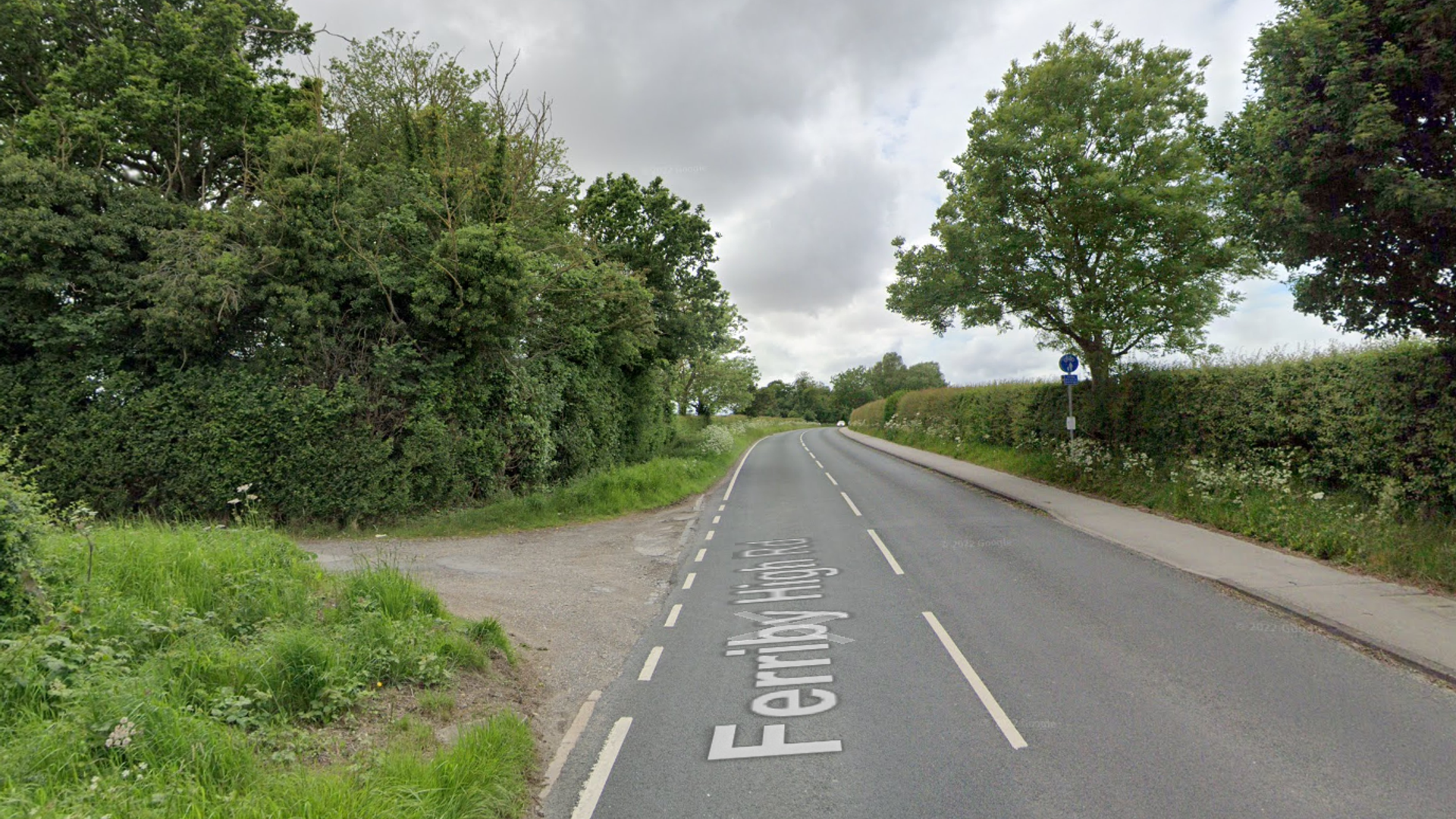
If you’re new to the Bangor area, you may have heard people proudly proclaim they live in Little City, or see folks in Orono sporting t-shirts reading “The Tough End.”
There’s a good chance you have no idea what any of that means.
These are all neighborhoods in the area, and the stories behind how they got their names can sometimes be quite colorful or informative as to the background of the people that first lived there. Here are the stories behind six of the most well-known or unique areas in Bangor, Orono and Old Town — neighborhoods that in many cases go back more than a century.

Little City
In the 1890s, a nascent middle class in Bangor began building houses in a part of town between the Kenduskeag Stream and Center Street. This neighborhood was called “Little City,” with the nickname coming from a popular urban planning idea of the era that new developments could be self-contained “little cities” within larger cities — today more typically known as suburbs.
Little City, developed by Bangor real estate agency Louis Kirstein & Sons, bucked trends of the time, in that not only were the houses built there architecturally diverse, but the people who lived there were also diverse. Wealthy business leaders and government officials lived alongside middle class folks who worked in banks and offices, and by the early 20th century, a number of Jewish, Eastern European and Italian people had moved to the neighborhood as well.

Fairmount
Not long after Little City was developed in the late 19th century, another neighborhood was also being developed on Bangor’s west side, off Hammond Street and abutting what is today known as Bass Park. Louis Kirstein also developed the new neighborhood, dubbed Fairmount, which was officially “opened” in 1909 with a dozen new houses and the dedication of the brand new Fairmount Park. Why they chose the name “Fairmount” for the area isn’t exactly clear, as there are similarly named neighborhoods all over the country. In the ensuing years, the area grew to encompass most of the West Side north of Fifth Street and south of Interstate 95 and Union Street.

Bangor Gardens
On the other side of Interstate 95 from Little City, between Broadway and Husson University, is a much newer neighborhood, Bangor Gardens, which was built in the 1950s as housing for service members at Dow Air Force Base and their families. The tidy, compact homes were affordable and quickly built, and once Dow closed in 1968, the houses were snapped up by other working class and middle class families — the demographic that still largely comprises Bangor Gardens.

Tree Streets
Roughly bounded by Broadway, State Street and Stillwater Avenue, the Tree Streets neighborhood gets its name from the prevalence of plant and tree-themed streets in the area — Grove, Elm, Forest, Palm, Birch, Fern and so on. Like much of Bangor, many of the houses in this neighborhood were built between 1900 and 1920 and are a mix of working and middle class families. Today, the Tree Streets has had its family friendly reputation cemented by the yearly trick or treating extravaganza on Maple Street each Halloween.
The Tough End
Orono wins for the coolest-sounding neighborhood nickname: the Tough End. This area, which lies along the Penobscot River and its sister river, the Stillwater, is today best known as being directly adjacent to downtown Orono, with its breweries, restaurants and shops. A century ago, however, it was a “tough” part of town, a largely working-class enclave for mill workers with tiny bars and brothels hidden away in nondescript buildings. Those millworkers have largely been replaced by college students and University employees, but the name remains.

The Basin
Continue down Main Street in Orono, heading toward Veazie, and you’ll find another little-known neighborhood in town. The Basin, located between Ayers Island and Main Street, was another working class neighborhood that stood in direct contrast to the high-minded residents of the bigger houses near the University of Maine campus. It’s so-named because it’s in the “basin” along the river, a low-lying area hidden from the main drag. Today, it’s probably best known as the site of Orono Brewing Company’s flagship location.
French Island
In Old Town, the only named neighborhood is actually the name of the island it’s set upon — French Island, located in the river just south of Indian Island, between Old Town and Milford. Once upon a time, however, French Island was home to many of Old Town’s French Canadian immigrants, who well into the 20th century continued to speak French at home and maintain traditional French Canadian customs. Though there are a few people of French Canadian descent still living on French Island, today it has mostly moved on from its once tight-knit Francophone heritage.












